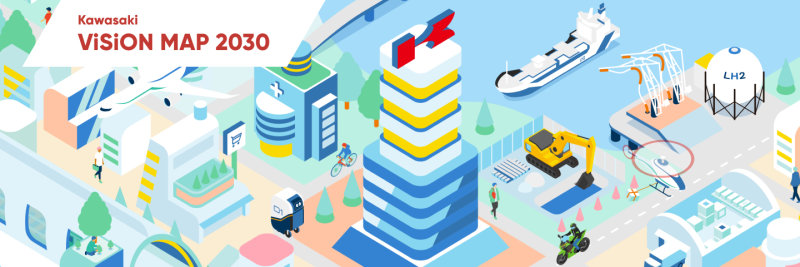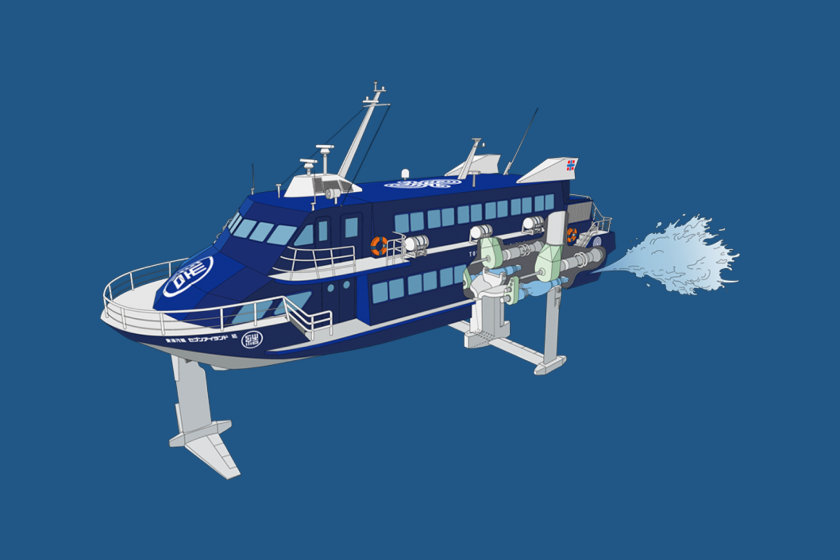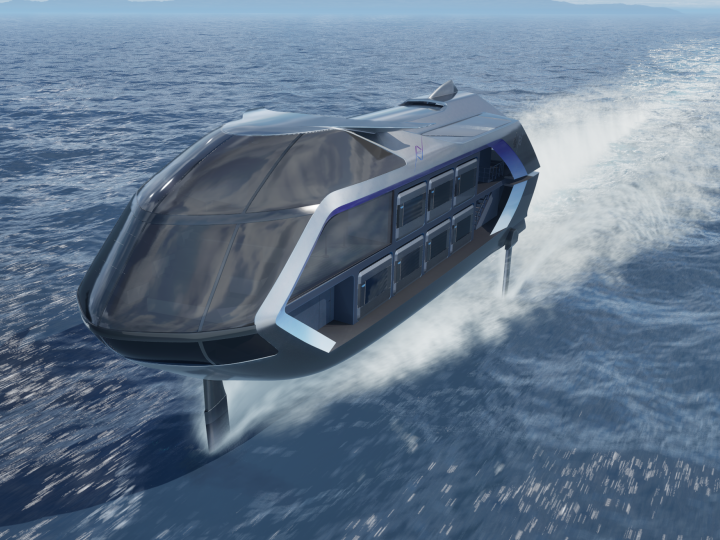Reducing simple, repetitive tasks will make people more creative

A multiuse unmanned ground vehicle (UGVs) transports goods without a driver, and offers strength in offroad riding as well as use in a variety of areas including farms, construction, and factory work. Here is the voice of an employee maximizing UGVs by implementing the opinions of workers on the ground to create a world in which people can perform to their potential. (This article is a part of Kawasaki ViSiON MAP 2030, which imagines the future of the Kawasaki Group.)

Advanced Smart Mobility Supervisory Department, Presidential Project Management Division,
Head Office
Hara joined Kawasaki in 2008 with an interest in shipbuilding. At Kawasaki, he learned of the far-ranging fields available, and asked to participate in a new business project. He is currently involved in the development of multiuse UGVs, and enjoys building relationships with new companies and customers.
Learning what really goes on on-the-ground is the key
In order to create something, it is important not only to think at your desk but also to conduct fieldwork. In my case, extensive fieldwork involves going to cabbage fields, pastures, construction sites in the mountains, or even factories. What do those on the ground actually do? How many people are on a team? What machines do they use? What problems do they face? Learning the details of what goes on on-the-ground is important for me as a developer of multiuse unmanned ground vehicles (UGVs). Creating a business requires knowing what is really going on as clearly as possible.

Narrowing down scenes of use reveals the true core of our business
A multiuse UGV literally means a vehicle without a driver to transport goods and to fulfill a variety of other uses. With our experience in creating two and four-wheeled vehicles for recreation, Kawasaki also has an advantage in offroad riding. With that strength, we can use our vehicles on agricultural and livestock farms, construction sites, and factories, and they can be used to solve a major issue of the future, which is labor shortage. What can we do to maximize the performance of multiuse UGVs? I think the point is to specify the areas of operation and figure out the essential value that should be provided and for whom. For example, I try to be as clear in my goals as possible, such as my desire to support the farmer I met the other day to carry their heavy cabbage. This definitely made me realize the true potential of the multiuse UGV business, namely, to transport goods.

Aiming for a world in which people and multiuse UGVs truly coexist
If multiuse UGVs take over repetitive tasks, we might then be able to focus on what only people can do. In the coming world of 2030, machines and robots may take over tasks that they are capable of doing, and each person will be given more room to exhibit their creativity. I would like to create a society which multiuse UGVs and people work together seamlessly.

The information contained in the article is current as of December 2022.
"Kawasaki ViSiON MAP 2030" presents the future we want to realize by the year 2030, presented through the voices of Kawasaki staff working towards our vision. We hope you join us to learn about their efforts in social change, and to imagine the future we can achieve together.







